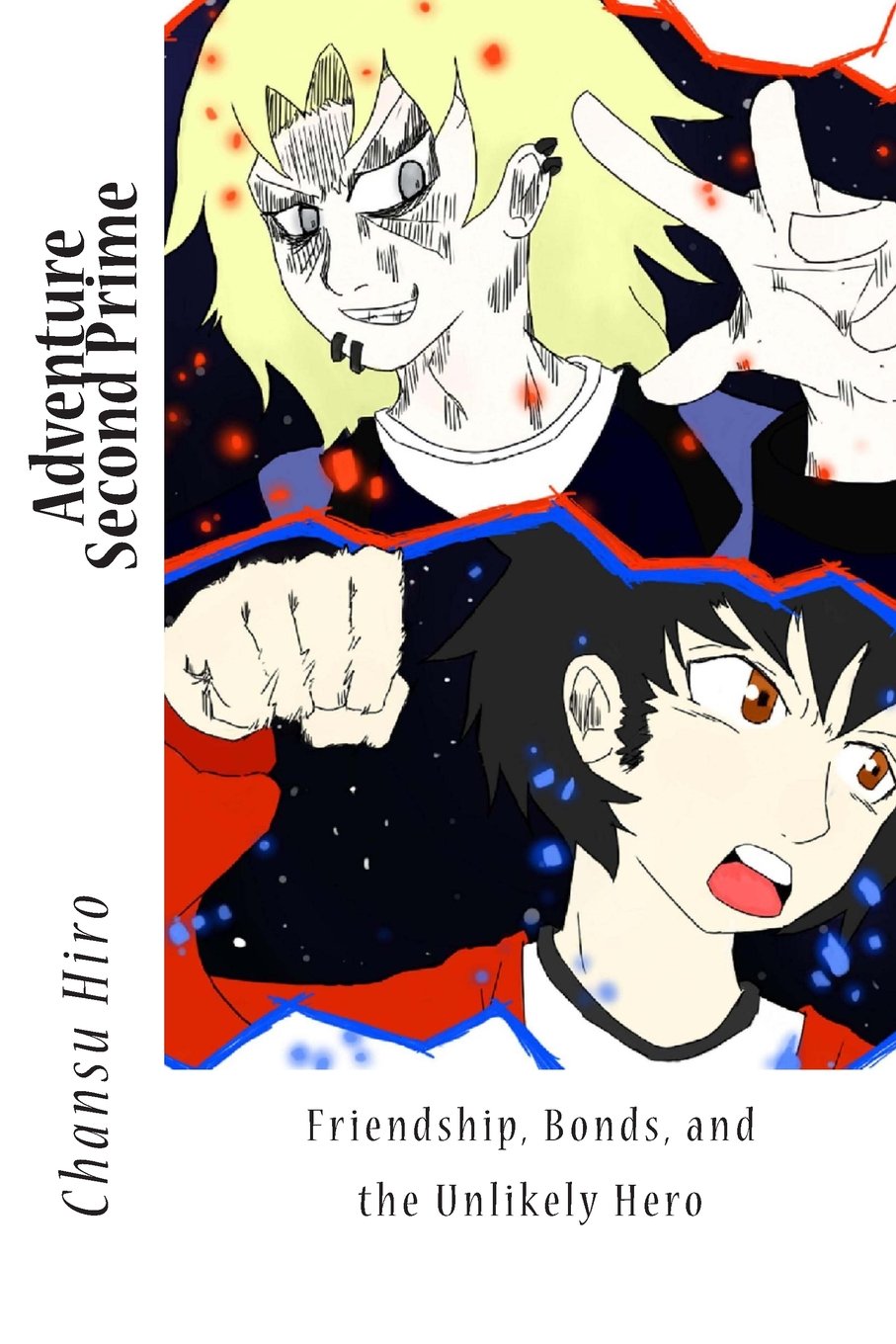The hero archetype has been defined by C. G. Jung as the constructs that personify the hero. While the hero archetype isn't restricted to "hero stories" alone and can also apply to dramas and comedies. But I've noticed themes in shounen stories that may be different from the original limits of defined hero and villian archetypes. It might be just because in America we are used to the Superman or Spiderman who is straightforward and to the point, in most cases.
The shounen hero sometimes makes sacrifices. This may or may not be the same as originally defined. For example, in Bleach, Ichigo Kurosaki had to sacrifice his spiritual energy to defeat the arch-nemesis Aizen Sousuke. It's not clear if Ichigo's spiritual energy will make a comeback...

 The shounen hero sometimes has an opposite character who's abilities are similar and different at the same time. For example, in Naruto Shippuuden, Naruto and Sasuke are rivals. Naruto's signature attack, the Rasengan, can only be done when he has his clones helping him stabilize the orb. That implies that he draws on the strength of his friends to fight. While Sasuke, his rival uses another signature energy attack where he grabs his opposite arm to bring out the energy. Which surely indicates self-reliance and may also indicate the pain, both physical and mental, of such an attack. Physcal pain being from the production of the electricity and mental pain from being alone. this theme may have also been portrayed at the beginning of the second Shippuuden movie where a lonely Sasuke fired a chidori electric blast into a waterfall while at the same time holding his head under the waterfall. I would take a guess that the creators wanted to portary Sasuke's bitterness at being lonely, and also showing a semblence to training.
The shounen hero sometimes has an opposite character who's abilities are similar and different at the same time. For example, in Naruto Shippuuden, Naruto and Sasuke are rivals. Naruto's signature attack, the Rasengan, can only be done when he has his clones helping him stabilize the orb. That implies that he draws on the strength of his friends to fight. While Sasuke, his rival uses another signature energy attack where he grabs his opposite arm to bring out the energy. Which surely indicates self-reliance and may also indicate the pain, both physical and mental, of such an attack. Physcal pain being from the production of the electricity and mental pain from being alone. this theme may have also been portrayed at the beginning of the second Shippuuden movie where a lonely Sasuke fired a chidori electric blast into a waterfall while at the same time holding his head under the waterfall. I would take a guess that the creators wanted to portary Sasuke's bitterness at being lonely, and also showing a semblence to training.
Right before Sasuke practically electrocuted himself :(
You shouldn't have ran away from your friends O.o Just jokes..
Shounen stories will often host a character who has an uncontrollable shadow side tied to the very bad guys they face. These shows include, Naruto, Yu Yu Hakusho, Bleach, DragonballZ, and others. Usually one would think that the hero can control every aspect of themselves and that's usually the case at the end of the story or arc. The heroes often struggle with their shadow intensely througout the story and may even fight or make temporary sacrifices to it but only to control it in the end.
I told you! Reading can be fun! ^_^
Stay tuned for part 2!













No comments:
Post a Comment